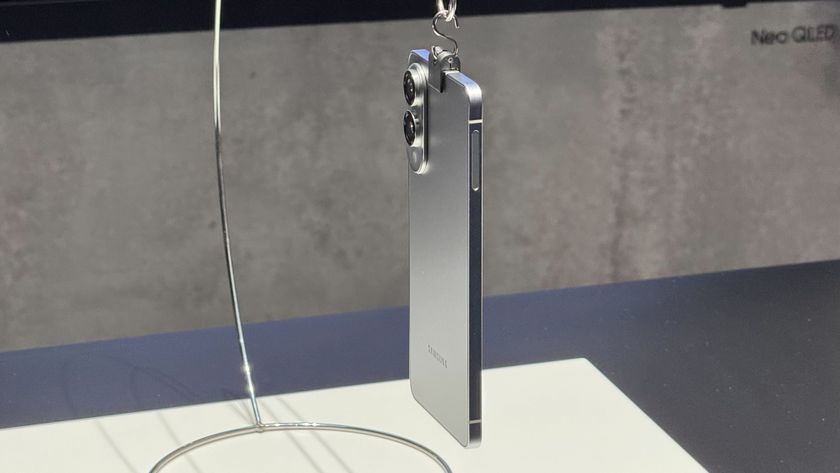Sorry Nintendo fans, the Switch OLED hasn't killed Joy-Con drift
While the Switch OLED has more reliable Joy-Cons, Nintendo warns that “wear is unavoidable”

In a piece on whether you should wait for the Switch OLED or buy a regular model written a few weeks ago, we speculated that the newer version might have hidden improvements, and potentially tackle the scourge of Joy-Con drift.
Now Nintendo has confirmed that the Nintendo Switch OLED’s Joy-Cons have reliability improvements over launch models, with the latest Nintendo Switch and Nintendo Switch Lite models also set to benefit. But don't expect the Joy-Cons to be 100% reliable.
- The best Nintendo Switch games
- Nintendo Switch OLED vs. Nintendo Switch vs. Switch Lite: What should you buy?
- Plus: Hey Rockstar, where's the GTA 4 remaster?
Curiously, the news arrived via an ‘Ask the Developer’ interview published on Nintendo’s own site, which may explain why the word “drift” — the subject of several class-action lawsuits — doesn’t show up once. Nonetheless, it’s not hard to read between the lines in the response to a question about improvements to Joy-Con controllers.
“We’ve been continuing to make improvements that may not always be visible,” responds Toru Yamashita, deputy general manager of Nintendo's Technology Development Department. “Among others, the analog-stick parts have continuously been improved since launch, and we are still working on improvements.”
The original Joy-Cons, he explained, were stress tested using the same systems put in place for the Wii U gamepad, but these tests have been refined as customer Joy-Cons have been “investigated” by the team.
“The parts of the Joy-Con analog sticks are not something that can be bought off the shelf but are specially designed, so we have undergone a lot of considerations to improve them,” he continued. “In addition, we improved the reliability test itself, and we have continued to make changes to improve durability and clear this new test.”
These improved Joy-Cons look identical, so it’s not possible to tell which you have got. But these have been “promptly” incorporated into regular Switch and Switch Lite systems, as well as replacing the stand-alone ones bought separately. If yours have been replaced by Nintendo, they’ll also use the new parts, apparently.
Sign up to get the BEST of Tom's Guide direct to your inbox.
Get instant access to breaking news, the hottest reviews, great deals and helpful tips.
In other words, you shouldn’t need a Switch OLED to benefit from the latest improved Joy-Cons. But as you can’t tell the age of stock for regular Switch and Switch Lite systems, going OLED is a way of guaranteeing the most reliable components.
No magic bullet to Joy-Con drift
However, there is a 'but.'
When asked by the interviewer whether “wear is unavoidable as long as the parts are physically in contact,” neither Yamashita nor Ko Shiota, Nintendo's general manager of Technology, disagreed.
“Yes, for example car tires wear out as the car moves, as they are in constant friction with the ground to rotate,” Shiota responded. “So with that same premise, we asked ourselves how we can improve durability, and not only that, but how can both operability and durability coexist? It’s something we are continuously tackling.”
A losing battle, then? Maybe, but Nintendo hasn’t given up. “The degree of wear depends on factors like the combination of the materials and forms, so we continue to make improvements by researching which combinations are less likely to wear,” Yamashita chimed in.
It’s worth flagging the note at the top of the article, which highlights that the transcript has been translated from Japanese, so it’s possible that something has been lost in translation and the team is actually a lot more upbeat about the reliability.
All the same, it seems that buying a Switch OLED won’t be a magic bullet to see off any Joy-Con issues before they emerge.
- More: What should you buy? Steam Deck vs Nintendo Switch OLED
Freelance contributor Alan has been writing about tech for over a decade, covering phones, drones and everything in between. Previously Deputy Editor of tech site Alphr, his words are found all over the web and in the occasional magazine too. When not weighing up the pros and cons of the latest smartwatch, you'll probably find him tackling his ever-growing games backlog. Or, more likely, playing Spelunky for the millionth time.
























